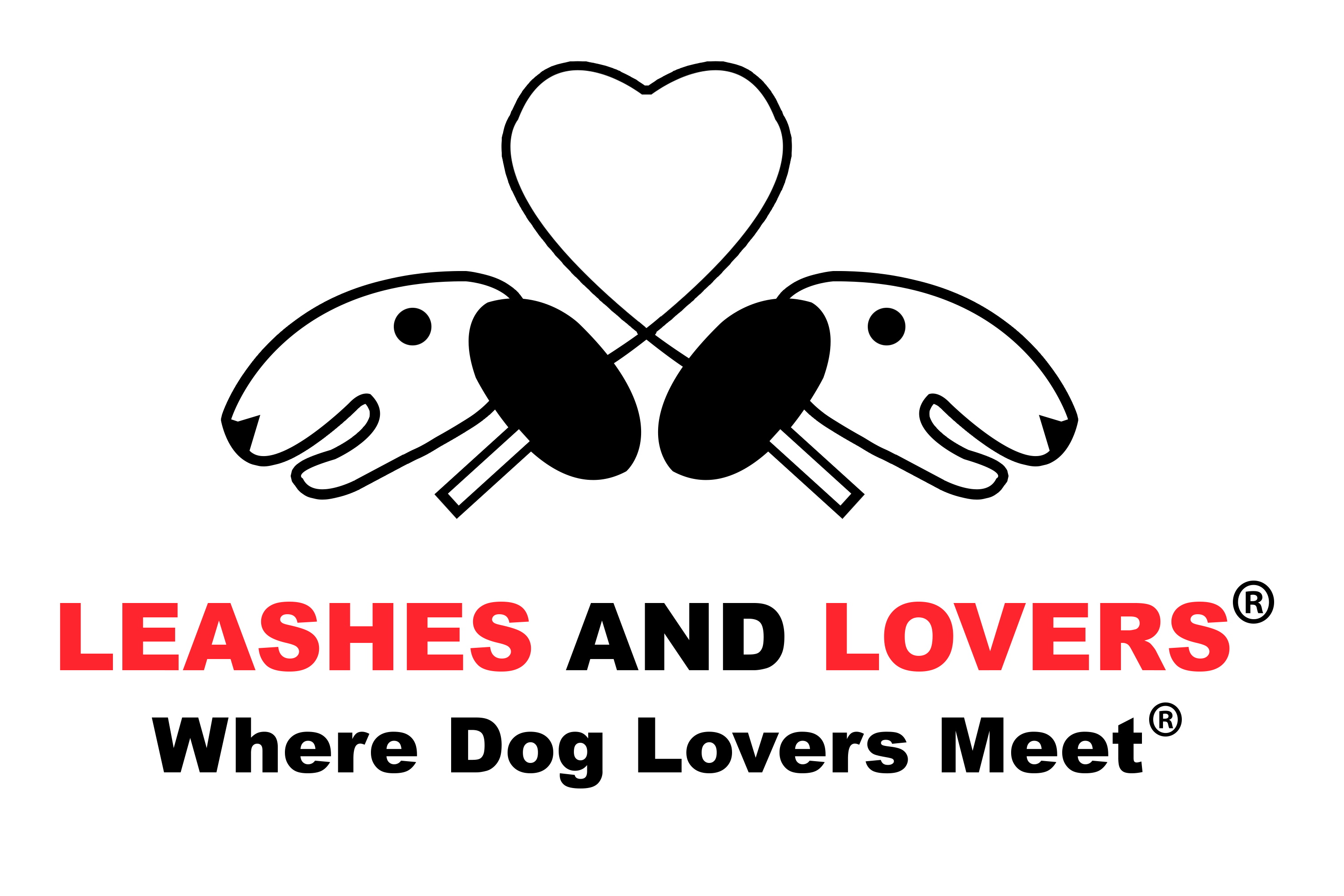Dr. Michel Selmer, DVM
July, 2009
Why does my dog urinate when he meets new people or I come home?
In this type of housesoiling, the dog appears to lose control of its elimination in a number of situations a) when the dog is fearful, anxious or overly submissive about being approached and takes on an submissive posture with ears back, retraction of lips, avoidance of eye contact, cowering, lowered body and sometimes turning onto the back, or, b) when the dog is overly excited especially during greetings. However, when you look closely at some of these dogs, they are often exhibiting multiple competing emotions (conflict induced behavior), in that they are socially attracted to the owner or visitor while displaying fear, anxiety or excessive submission.
For pets that are fearful, attempts to reach for or approach the puppy may elicit a fear response especially if it has been punished in similar situations in the past. Similarly with submissive urination, a bold or assertive approach, reaching for the dog, or standing over the dog, will further aggravate the submissiveness. Excitement induced urination might be induced when greeting family members, especially after returning home after a departure, or during vigorous petting. As indicated, the combination of any two of these emotions may be the most significant factor. Owner intervention in the form of verbal reprimands or punishment, only serves to make the dog more submissive, more anxious, more fearful and more conflicted at further approaches.
Although this problem can be seen in dogs of any age, these types of urination are most commonly seen in puppies and young female dogs. This could be that the male puppies are somewhat more assertive or have a longer urethral tract. With age, many dogs grow out of this problem, perhaps because they gradually become less excitable during greeting or develop greater urine control with sexual maturity. Treatment should focus on reducing the pet’s excitement and arousal, reducing the fear and anxiety, and training for calm and relaxed greeting behaviour.
How can submissive and excitement urination be treated?
For submissive and fearful urination, it is important that the owner and all visitors interact with the pet in a less assertive or threatening manner. Approaches and greeting should be consistent and a loud tone of voice, sudden movements, reaching and direct eye contact should be avoided. All training should be reward based and physical restraint or physical punishment must entirely be avoided. A reaching hand should always be considered a friendly and reassuring gesture. A focused sit with eye contact should be part of the relaxation and settle exercises. If any punishment is needed during training (but never during greeting or approach), the hand must never be used; if you catch your puppy housesoiling, going into the garbage or chewing on something inappropriate, you might try a mild verbal reprimand, a noise device, a spray of water or a pull on a long leash, but never anything physical.
What can I do to get started?
The goal of training is to teach your dog to greet and be handled in a manner that does not lead to fear, submission or excessive excitement. If any of these reactions can be avoided, the elimination might be prevented. At first you may be able to get your pet to display a behavior that it already does consistently without leading to urination. Consider what tricks or commands your dog does particularly well – shake a paw, sit up and beg, or fetch. You might even throw a favored ball or treat so that your puppy learns to play when you enter or approach. If the dog anticipates food or ball playing at each greeting, it is less likely to eliminate. Another consideration is whether your dog might focus on a favored toy or treat or alert to a particular sound (e.g. squeaky toy, food jar). If this is the case you may be able to use these cues to get your dog to focus on something other than your approach.
What is the best way to overcome this problem?
The best solution is to replace the excited, fearful and submissive responses with a settled method for greeting. At first you will need to identify and avoid those stimuli that might incite the behavior, while teaching your pet to sit and settle or go to its bed and relax to receive favored rewards. Use favored food rewards or toys as lures to train your dog to focus and settle. Gradually work to get a longer and more focused settle response. A head halter can be useful to maintain a sitting position and to gradually shape and increase
If you must approach, you should begin by letting your dog approach you rather than going to your dog right from the start. Kneel down rather than stand over the dog, speak softly, and pet the chest instead of the head. When greeting a very fearful or submissive dog, you may initially need to completely ignore it at greeting, even to the extent of avoiding eye contact. Allow your dog some time to settle down and only allow it to approach if it is calm. By using a favored toy or giving a favored chew, you may be able to entice your puppy to approach or to allow lifting and handling while it takes the food or plays with the chew toy. As you pat or stroke your dog, be careful to avoid inducing further fear or submission, and, conversely, avoid letting your dog get too excited
For excitement urination, those stimuli that initiate the behavior should be avoided. During greetings, owners and guests should refrain from eye contact, and verbal or physical contact until the pet calms down. Greetings should be very low key and words spoken in a low, calm tone. The puppy might be taught to do an alternative behavior but the goal should be to practice a relaxed greeting (sit / focus or go to your mat). Stop and perhaps even walk away if the puppy starts to get excited. Another important aspect of treating over-excitement to visitors is repeated presentations of the stimulus so that the dog learns the correct response. If visitors come only infrequently, the dog does not have the opportunity to learn a new behavior. By scheduling visitors to come, visit briefly, then leave by another door and then re-enter, the dog may learn to be less excited and/or submissive with each entrance. Each time the person returns they are more familiar and less likely to stimulate the urination behavior. This allows the dog to “practice” the good behavior and reinforce the appropriate response.
Are there drugs that might help?
For refractory cases, the use of drugs to increase bladder sphincter tone might also be considered as an adjunct to behavior therapy.
Author Bio:
Focusing on minimally invasive diagnostic and surgical techniques, Dr. Selmer’s professional interests include naturopathy/holistic care, laparoscopic surgery, ultrasound, orthopedic surgery, stem cell therapy and endoscopy. His goal is to provide the most comprehensive and stress free veterinary care for his animal patients.
An accredited member of the New York State Veterinary Medical Society, as well as the American Animal Hospital Association and the Vice President of the Long Island Veterinary Medical Society, Dr. Selmer is passionate about his profession.
This passion and his love for all animals has attributed to the high quality medicine that he practices. In 2006, he was cited as one of America’s top veterinarians by Consumer’s Research Council of America for 2006, 2007 and 2008. He and his family have anEnglish Bulldog named Norman.
Dr. Selmer is director of Advanced Animal Care.

